Dr. Natalie Czimskey
UGS 303: Beautiful Brains
Fall 2024
Why PBL?
Project-based learning was fantastic for a signature course where I wanted to inspire the students to draw personal connections to the content. The flexibility allowed both the students and me to tailor the course to their preferences and needs, which allowed a wide variety of majors to consider what project would be useful or impactful for their specific career trajectory. The lack of traditional assessments allowed me to pursue lines of inquiry or content that the students were interested in rather than ensuring I covered the material that would be on the assessment. I think all of us were happy with the resulting course!
I enjoyed the group project as a final, with the milestones along the way. The milestones helped keep me on track, and the group aspect allowed me to build off others ideas and hear different perspectives.
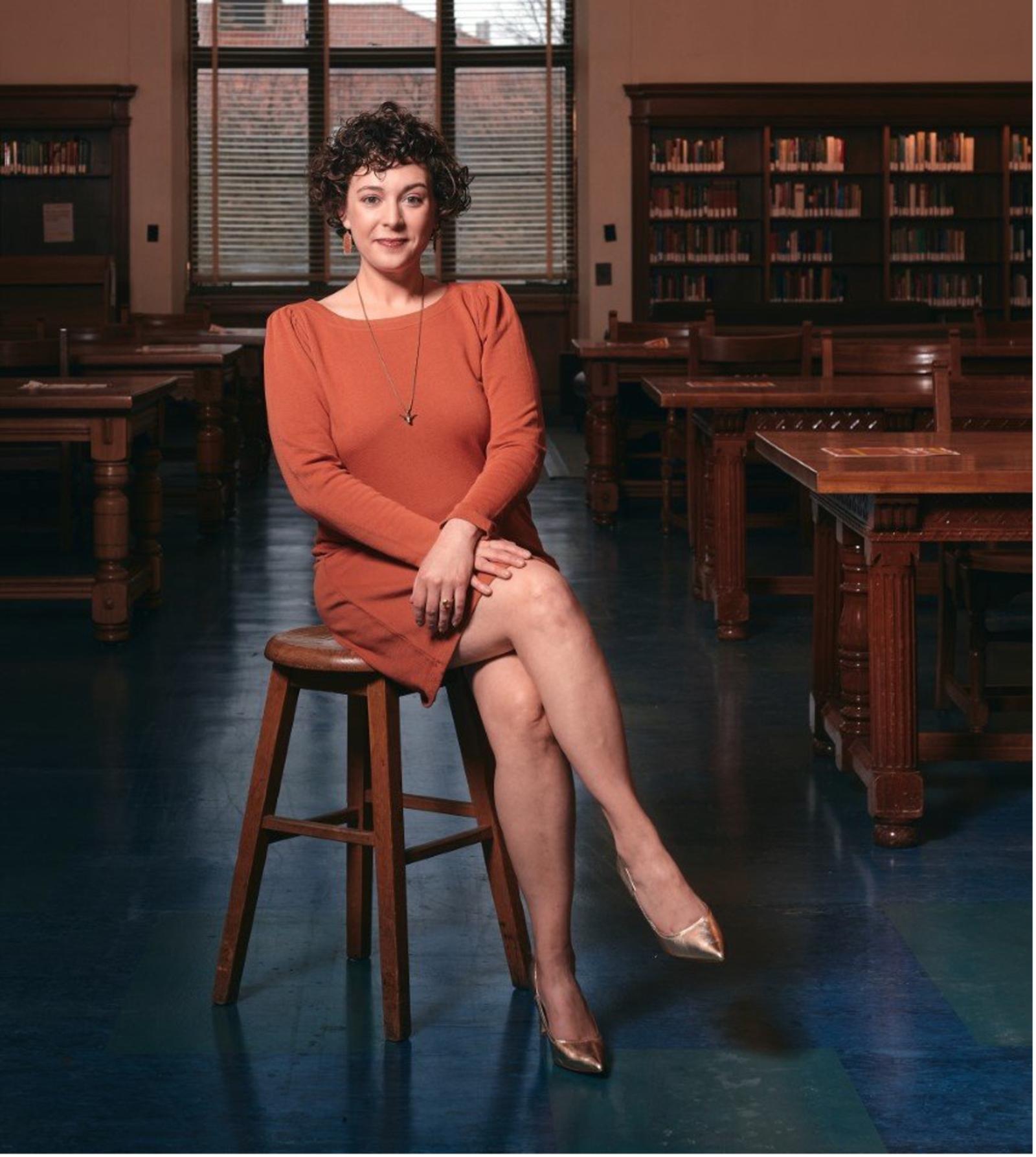
Natalie Czimskey, PhD
Assistant Professor of Instruction,
Speech, Language, and Hearing Sciences
The Launch
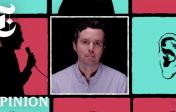
Problem Statement
The challenge in the field presented to students related to communities of approximately 15% of the United States that have been diagnosed with a communication disorder. Historically, these individuals have been responsible for modifying their communication for the other 85% of society. Our world view has been limited and minimized by bias toward creating uniformity in cognition and communication.
Image credit: NYT Opinion

Driving Questions
The driving questions that were consistently revisited over the semester to help interrogate course content were:
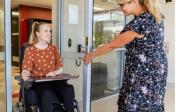
Need-to-Knows
Early in the semester, the instructor and students collaborate to identify what knowledge is needed to grapple with and successfully master the content.
- What is disability?
- How does identity impact disability perspective?
- How does ableism and systematic oppression impact disability?
Image credit: iStock
The assignments within the discussion groups were helpful to dive into a certain communication disorder and become "experts" in it.
To learn how to conduct a 4 Corners activity and discover more ideas for active discussion, visit CATE's Active Teaching tab!
Entry Event: 4 Corners Discussion
Active Learning
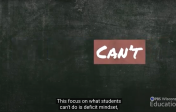
Sustained Inquiry
To support sustained critical and creative thinking about the course driving questions, student groups collaborated to investigate a topic of interest. They researched the history and current contexts of a diagnosis to expand their understandings of social perceptions. Ultimately through group findings supported by course materials and additional credible scholarly resources, students identified ways communities have reclaimed their identities after diagnosis.

Student Choice and Voice
Rather than being assigned topics by the instructor, the students were able to consider which diagnosis addressed in course material was relevant to their personal experience and career aspirations. Then, students grouped themselves through mutual interest in an identified diagnosis. They collaborated in student-led research to synthesize new understandings and create a final presentation in a format chosen by the group.
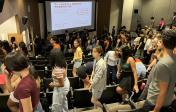
Feedback Loops
Weekly Synthesis assignments helped students curate their learning with instructor input. As a group, they tracked their progress on knowledge of the history of the diagnosis and current issues facing community. Based on these instructor and peer feedback loops, students were able to set goals for using the newly acquired knowledge in their final learning products.
Simply going to class and learning about the different topics each week with no pressure to have tests, and learning about firsthand experiences Dr. Czimskey had in these topics was very helpful and I learned a lot.
The Learning Product
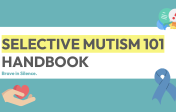
The Learning Product: Deconstruct a Diagnosis
The final academic product for this course was a group presentation of a product, service, or idea aimed at deconstructing a diagnosis in current American culture for the purpose of improving communication across diverse groups of individuals. This summative learning product aligned with emerging understandings of work in the field of communication related to addressing communication barriers.
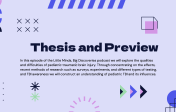
Opportunities to Improve
Five milestones scaffolded the semester learning pathway to mark progress and provided opportunities for students to receive critiques to improve their work. Each milestone culminated in completing a significant piece of the project-based learning final product. Because milestones were strategically spaced throughout the semester, students were able to monitor and adjust their understandings in these formative assessment experiences before finalizing their presentation of learning.
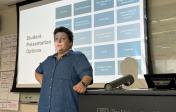
Learning Product Rubric
Student groups were offered an array of options to demonstrate their academic growth. Regardless of the format of the final learning product, all students were assessed on the same criteria for success including: depth of insights, clear course content connections, justifications of ideas with credible evidence, and contributions to the team efforts.
I think the project was probably most helpful in my learning because we were able to somewhat apply the material that was talked about during lecture to the project. I also think that Professor Czimskey was a very engaging professor and she was always able to relate the course material to our daily lives.
Final Presentation of Learning
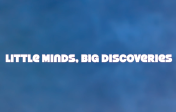
Final Presentations
In contrast to assessing student learning by an exam, the project-based learning design of this course supported authentic assessment as student presentations. Final presentation materials were submitted to Canvas by one group member. All members presented live in their small group sections to enact professional communication behaviors.
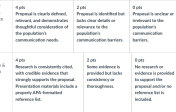
Presentation Assessment
As an authentic assessment of learning, students demonstrated depth of content knowledge, clear and thoughtful communication of the population's needs, citation of credible evidence, and proficient responses to questions. A detailed, descriptive rubric guided the students to address all expectations.
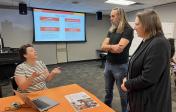
Final Reflections
Students reflected on the learning over the semester related to the driving questions and the project-based learning approach. They were encouraged to consider personal engagement with course themes, insights from the group work, personal growth, and future applications.

